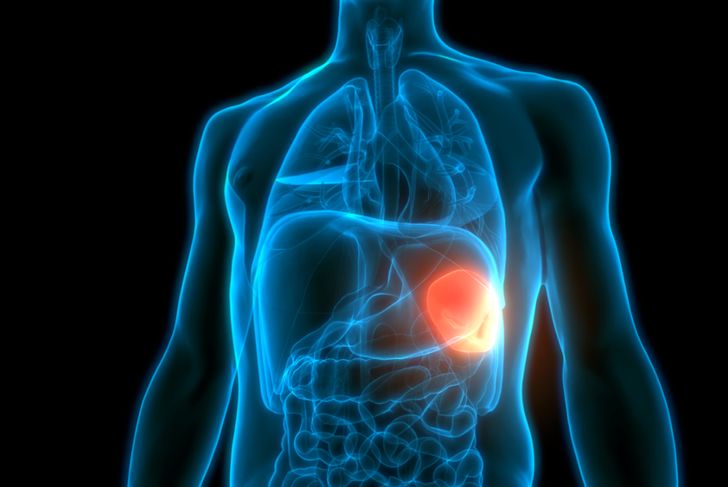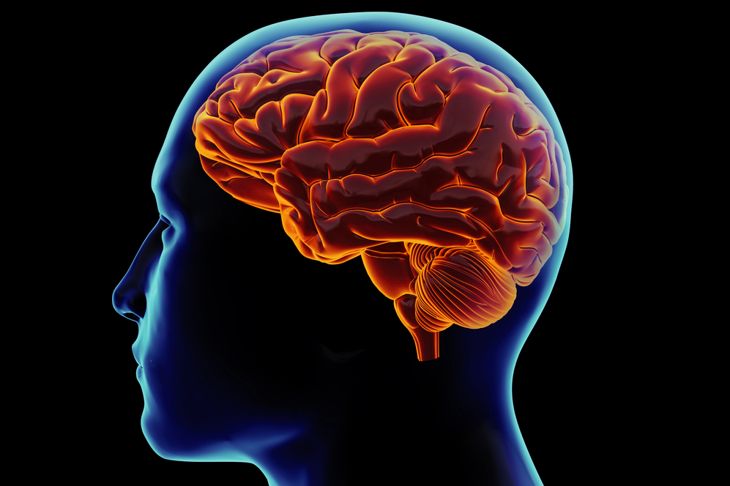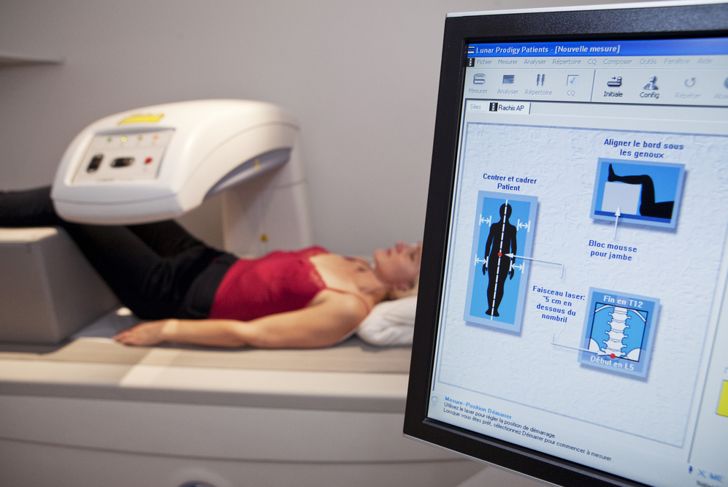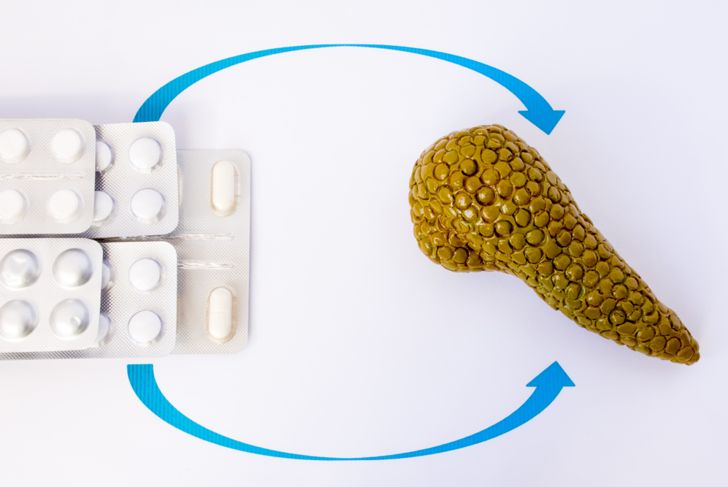Gaucher disease is a rare genetic condition that affects many of the tissues and organs in the body. There are multiple types of this disease, and symptoms and severity vary greatly depending on the type. Though they all cause issues with the bones and organs, some also affect the brain, and these have a poorer prognosis.
Build-Up of Fatty Substances
All types of Gaucher disease result from a build-up of fatty substances around the organs. Normally, an enzyme breaks down these substances. In people with Gaucher disease, this enzyme does not work properly. The fatty substances most commonly affect the spleen and liver, but they can also accumulate in bones, weakening them and leading to fractures, or in the bone marrow, where they affect clotting.
Gaucher Disease Type 1
In Gaucher disease type 1, the fatty substances build up around the liver and spleen and in the bones, but they do not affect the spinal cord or brain. The symptoms of this form of the disease can be managed with treatment, although there is no cure. Symptoms vary from mild to severe and can appear at any age. Type 1 is the most common type of Gaucher disease in the U.S.
Gaucher Disease Type 2
Gaucher disease type 2 is rare. It affects infants and usually appears within the first six months of life. Type 2 Gaucher disease causes extensive brain damage, an enlarged spleen, and difficulty with movement. This form of the disease is not treatable, and infants who receive this diagnosis do not usually live past age 3.
Gaucher Disease Type 3
Although it is rare in the U.S., Gaucher disease type 3 is the most common form worldwide. It appears in young children, usually before age 10, and affects the bones, organs, and brain. Treatments can help, but there is no cure. People with this type of Gaucher disease typically live into their 20s and 30s.
Other Forms of Gaucher Disease
The perinatal lethal form is the most severe type of Gaucher disease. Life-threatening complications occur in infancy, or in some cases, before birth. These include excessive swelling affecting the spleen and brain, scaly skin, and significant neurological problems. Another form of Gaucher disease is called cardiovascular type or type 3C. It mainly affects the heart, causing the valves to harden.
Inheritance and Risk Factors
Gaucher disease is inherited in an autosomal recessive inheritance pattern, meaning that both parents must carry the defective gene to pass it on to their offspring. The condition is rare, affecting only 6,000 people in the U.S.Anyone can have the disorder, but about one in 450 people of Ashkenazi Jewish descent have type 1, and about one in 10 is a carrier.
Symptoms
Symptoms of Gaucher disease vary widely depending on the type and severity. Some people have no symptoms at all, and when two siblings with the disease, they can be affected in very different ways. Common signs of Gaucher disease are a distended abdomen, weak bones, frequent fractures, anemia, and bleeding disorders. If the brain or spinal cord is affected, symptoms can also include muscle rigidity, seizures, and abnormal eye movements.
Diagnosis
Diagnosing Gaucher disease is difficult. The first step a doctor takes is to look at the person’s medical history, including evaluating the symptoms and when they started. A physical exam and various blood tests are also used to make a diagnosis. Abnormalities may be found on fetal ultrasound, and newborn screenings can identify problems soon after birth. Dual-energy X-ray absorptiometry (DXA) and MRIs help evaluate the progression of this condition.
Treatment
There is no cure for Gaucher disease, but available treatments can control symptoms, preventing further damage and improving the person’s quality of life. Enzyme replacement therapy replaces the deficient enzymes with artificial ones delivered through an IV. Other medications intervene by interrupting the production of the fatty substances that accumulate in this disease. Bone marrow transplants can reverse many symptoms of Gaucher disease, though this procedure is very high risk.
Prognosis
Although there is no cure for Gaucher disease, symptoms of type 1 are manageable, and many people with it go on to lead full healthy lives. Treatment for type 3 Gaucher disease can improve problems in the blood, bones, and organs, but it will not improve neurological damage. In the other forms of Gaucher disease, treatment centers on comfort and symptom management, and death occurs at a very young age.

 Home
Home Health
Health Diet & Nutrition
Diet & Nutrition Living Well
Living Well More
More




















